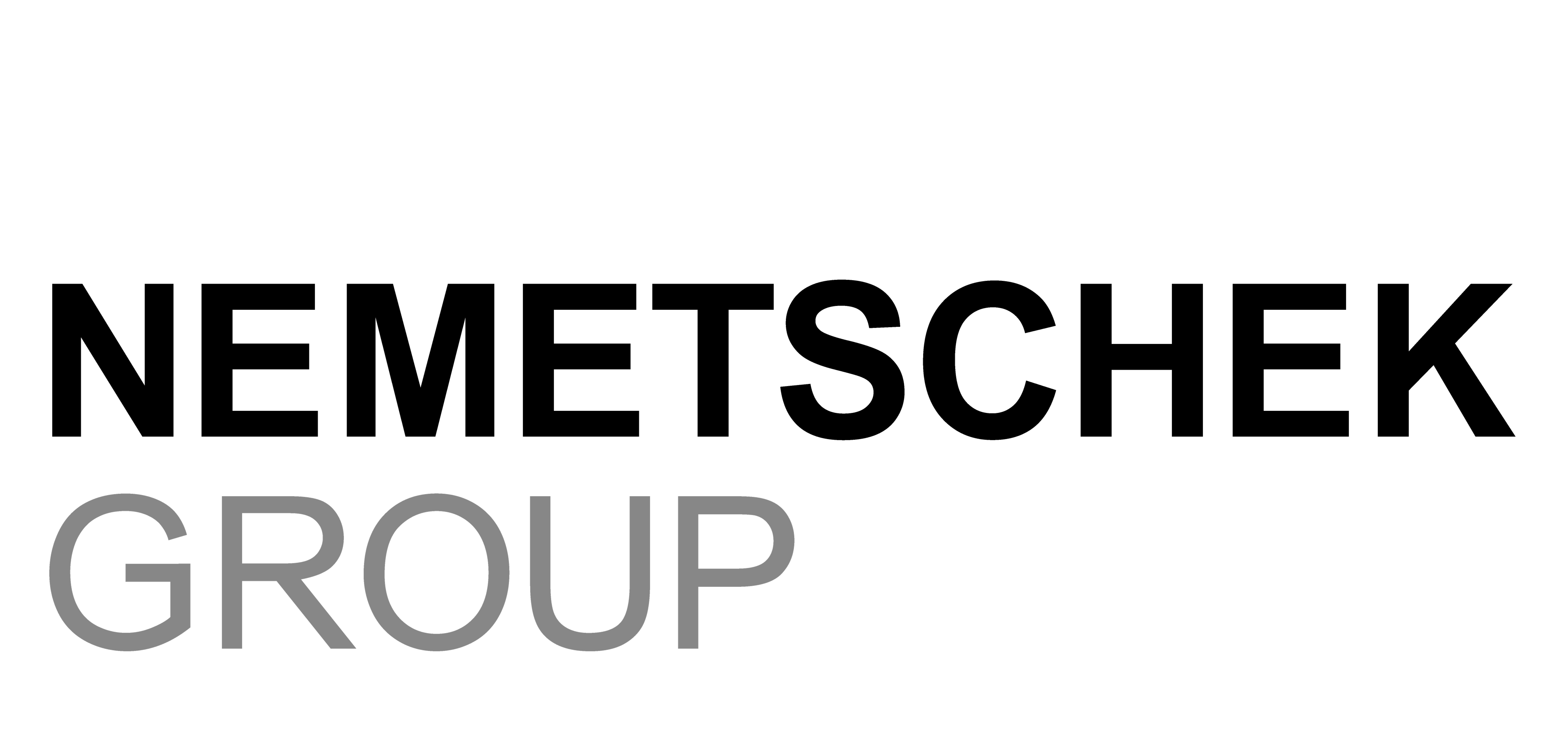
Sustainable Construction Lifecycles
#DigitalConstruction #SustainableConstruction #VirtualConstruction
Currently, only 18 percent of German AEC (Architecture, Engineering, and Construction) companies have a BIM (Building Information Modeling) strategy and only 39 percent are working on one. To save resources and protect the environment, the implementation of BIM must be promoted and its potential recognized. The use of digital solutions in the construction industry increases benefits, reduces costs and promotes sustainability. Work together with Nemetschek to demonstrate the benefits of digital solutions in the construction life cycle and make them tangible.
✅ 🏁 Congrats to ID Zero and GreThu!🏆 15,000 € prize pool in the overall DE 4.0 project + invitation to the Federal Chancellery + promotion of further implementation + chance for further cooperation with Nemetschek
Submission Template
For the processing of the use cases within the DEUTSCHLAND 4.0 project a common submission template is available. This template will help you to structure your ideas and approaches and to find answers to all relevant questions.
SUBMISSION TEMPLATE (English version)
In addition to this submission template, you will find specific requirements and guiding questions for your Use Case in the "Guiding Questions" tab, which you should consider when preparing your submission.
You can also complement your submission with prototypes, pitch decks, images and video material, higher-level concepts or specific application-related instruments - simply submit these documents together with the submission template via our platform.
The aim is to ensure that solutions within the overall project cover a broad spectrum through this approach: from concrete digital product ideas to higher-level visions
Key Questions
- What concrete savings (energy, CO2 emissions and building materials) can be achieved by using digital solutions in the construction industry (including building management) and how can they be quantified? What types of energy can be distinguished (grey energy)?
- How can it be calculated how much energy and resources (materials) can be saved in the individual life cycle phases of a building, i.e. in planning, construction, and operation (facility management) of the building?
- What impact do improved workflows, fewer breaks and data loss along the construction life cycle have on the energy budget?
- What potential for optimization can be achieved by using digital tools - does it pay off if I can tailor the building more precisely to its purpose?
- What savings can be achieved if mistakes are avoided and therefore no dismantling is necessary? For example, the waste of material and energy could be calculated if a floor must be converted because it was planned incorrectly.
- What savings can be achieved if the planning is perfectly tailored to the needs, for example, when using materials such as sand and concrete on the construction site?
- What savings can be achieved when office space is planned exactly as needed, from construction to 30 years of use? For example, what does 100m2 too much office space mean here?
Criteria & specifications
It is always about the aspect of sustainability, not about saving costs. These are to be used for derivation, because increased costs result from increased material and energy consumption. Due to the complexity of the topic, the focus should lie on the following building types: functional buildings, office buildings or bridges. Single-family houses should be considered less.
In international comparison, some countries are already further ahead. In the United Kingdom, BIM is always prescribed as a working standard. We therefore do not need a purely German calculation, but an analysis that can be transferred to other markets. Good figures are available in the Scandinavian countries in particular, where construction processes and buildings are often analyzed in great detail.
Approaches that have already been pursued or are being excluded
Nemetschek is currently collecting the existing customer projects, in which concrete figures on savings are given. For example, a general contractor who has saved 110,000 m² of paper or a hospital whose cleaning and heating can be managed better and more resource-efficiently with smart building solutions.
These projects always show the selective benefit. We lack a comprehensive case because we do not have a project simulation for an entire building life cycle.
© 2018- 2025 ekipa GmbH. All rights reserved.